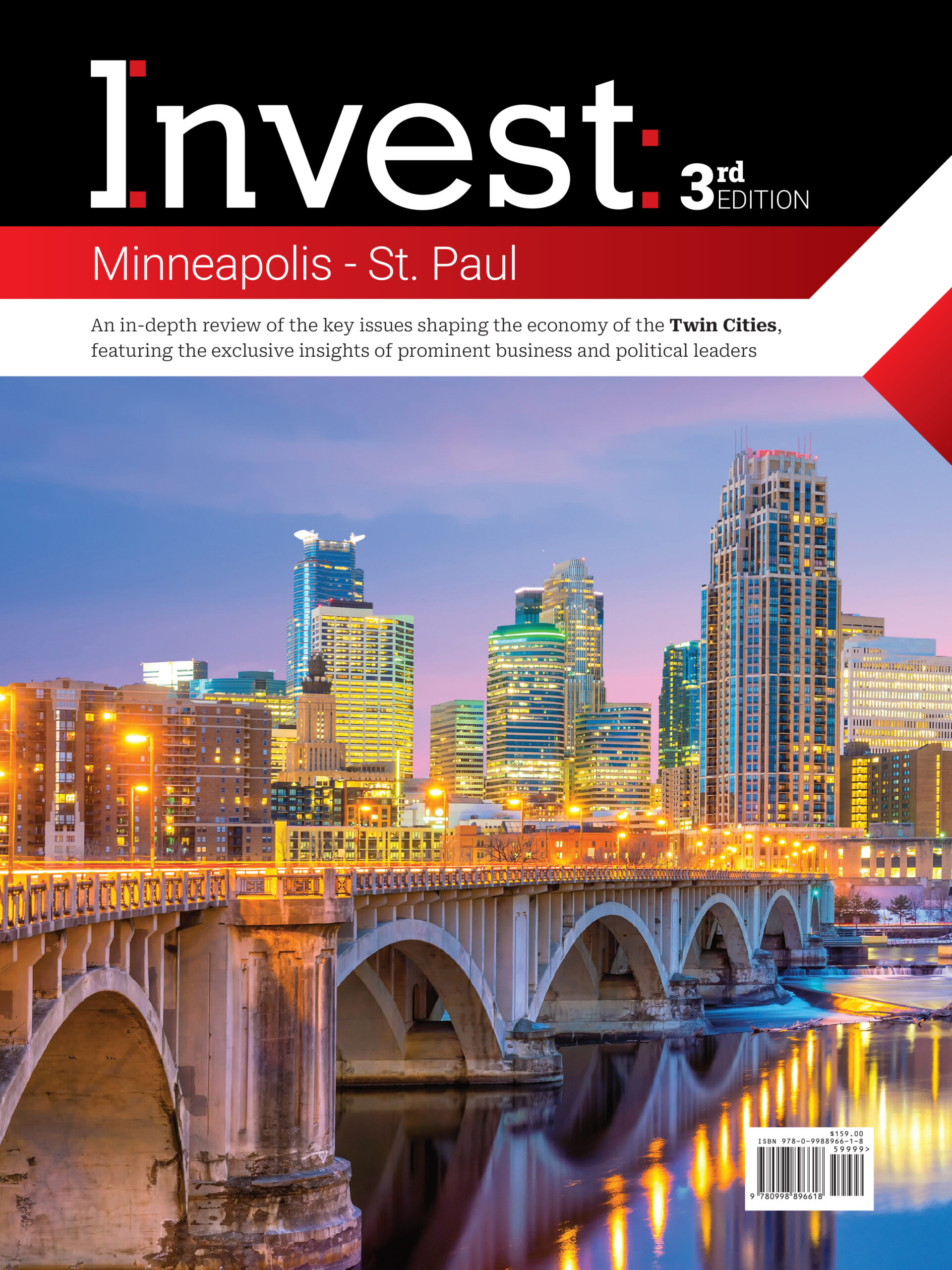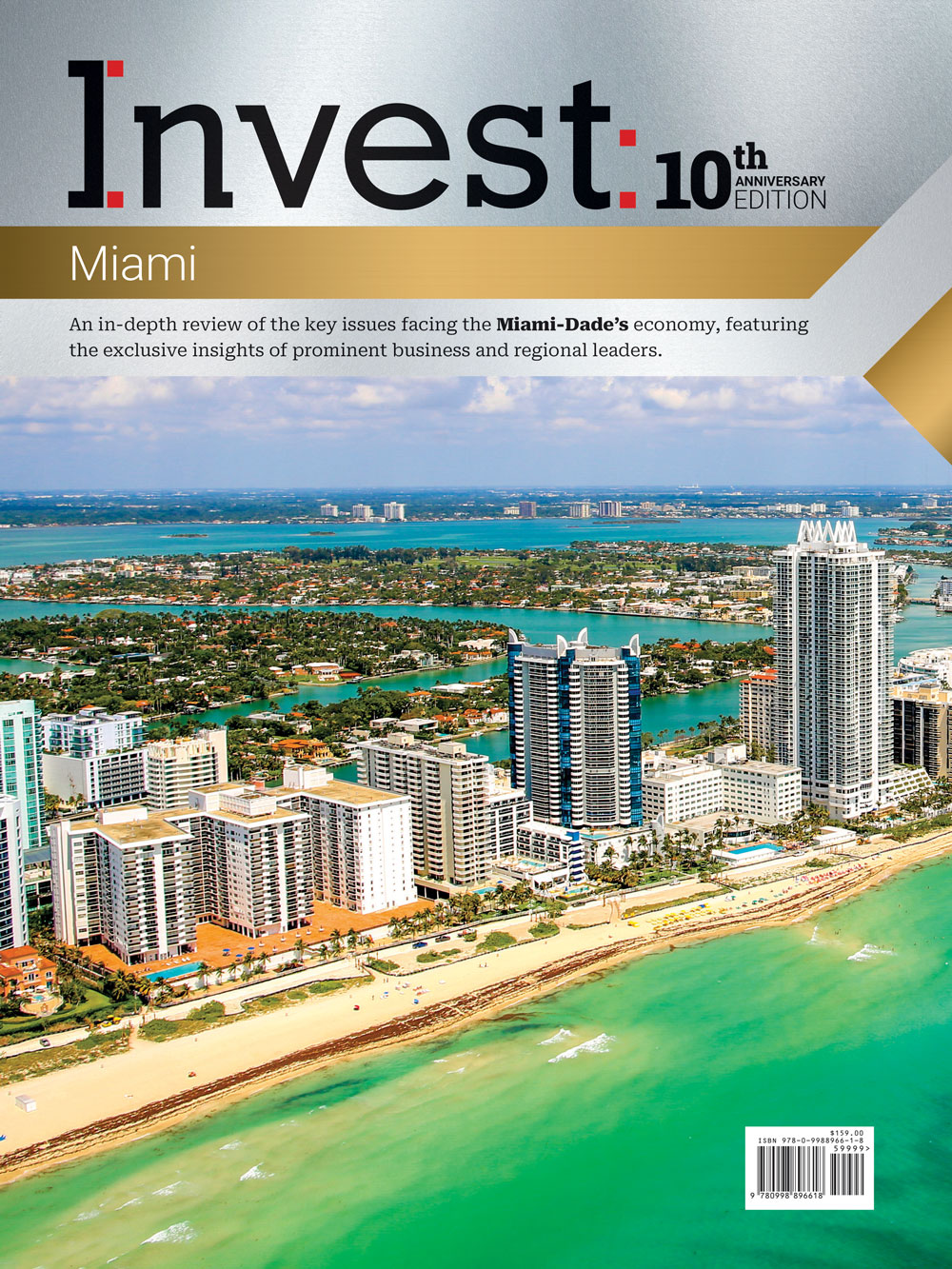Greater Phoenix at the forefront of the new tech age
Writer: Esteban Pages
 March 2023 — The saturation of coastal and gateway markets is opening opportunities to secondary markets to capitalize on tech companies’ testing and scaling needs. Greater Phoenix is answering the call with a growing talent pool, a collaborative environment, a business-friendly climate and a quality of life offering to consolidate its growing and competitive tech ecosystem.
March 2023 — The saturation of coastal and gateway markets is opening opportunities to secondary markets to capitalize on tech companies’ testing and scaling needs. Greater Phoenix is answering the call with a growing talent pool, a collaborative environment, a business-friendly climate and a quality of life offering to consolidate its growing and competitive tech ecosystem.
More than 800 software companies call Greater Phoenix Home, including brands such as What do GoDaddy, Carvana and NortonLifeLock. With nearly 100,000 high-tech employees available in the region, they have a large enough talent pool to tap into and secure sustainable growth. Arizona State University boasts one of the largest engineering schools in the U.S., with 30,000 enrolled students, according to its website. The area’s fintech and proptech Sandbox offers entrepreneurs a testing ground for their products and services absent a burdensome regulatory cost. Phoenix’s relative affordable quality of life is difficult to find in competitor tech hubs.
A 2023 report by the Greater Phoenix Chamber of Commerce, in collaboration with CBRE, noted that in 2022 alone, tech job announcements totaled 11,171 expected new jobs and 9 million square feet of new occupied space. TSMC Arizona leads all others with 4,500 new jobs and 3.8 million square feet.
On the workforce side of the equation, Greater Phoenix hosts a labor force of 2.58 million jobs, a 3% unemployment rate, 99,600 tech jobs and a tech job growth rate of 18.3% between 2016 and 2021. Higher ed institutions, innovative companies and online platforms are also stepping up their game by offering facilities or programs aimed at training the skilled tech professionals of the future, including the Galvanize campus, Woz U, Tech Talent South, UA Coding Boot Camp, Arizona Cyber Warfare Range and Maricopa IT Institute.
The ongoing infrastructure layoffs across the country–154,000 jobs lost in 2022 alone, followed by another 36,577 jobs in early 2023 by some accounts–are no stranger to Greater Phoenix, with the announcement from Microsoft on January 2023 that it will part with 10,000 workers to address “macroeconomic conditions and changing priorities.” Tempe-based Carvana laid off over 4,000 workers in 2022. The Valley of the Sun ranks fourth on overall tech layoffs since 2021, with 4,537 jobs; Carvana represents 90% of said layoffs. Edgio, Offerpad, Freshly and Homepoint are among the Greater Phoenix-based companies that have made layoff announcements within this period. On the flip side, tech workers are continuously in high demand, so a rebound from these lost jobs is expected.
Infrastructure-wise, Greater Phoenix qualifies as a top market for data centers thanks to its reliable electric grid, its large and talented workforce, low natural disaster risk, temperate fall and winter climate, as well as a competitive operating cost environment coupled with a robust incentive program. With 28 operating data centers, Phoenix ranks 5th among the largest data center markets in the U.S. by megawatt inventory size, only behind Northern Virginia, Dallas, Silicon Valley and Chicago. The area remains among the fastest growing markets at a year-over-year growth of 13% in megawatt inventory. Aligned Data Centers has a new 2 million square feet in the pipeline for the area, resulting in 400 megawatts of new capacity, while QTS Data Centers recently purchased 400 acres in the West Valley.
VC funding is taking notice of this growth, injecting $1 billion in tech capital funding in 2021 across 50 deals. Nikola Motor Company stood atop VC funding, raising $460 million, followed by Keap’s $184 million and Carvana’s $160 million. Between 2012 and 2022, Greater Phoenix accumulated 373 deals worth $3.8 billion in total funding. The tech layoffs impact seems to have made its way into VC funds’ pockets as it decreased to less than $600 million in 2022, a 40% drop compared to 2021. The amount remains higher than any other comparable year since 2012, however. The region’s regulators want to ensure the momentum continues by enabling new tech adoption in a variety of fronts, including autonomous vehicles, fintech, proptech and blockchain.
Tech companies are finding a plethora of tax credits and programs they can capitalize on, including the Research & Development Tax Credit, the Quality Jobs Tax Credit, Angel Investor Tax Credit, Qualified Facilities Tax Credit and the Computer Data Center Program, to name a few.
For more information please visit:













